Equipment
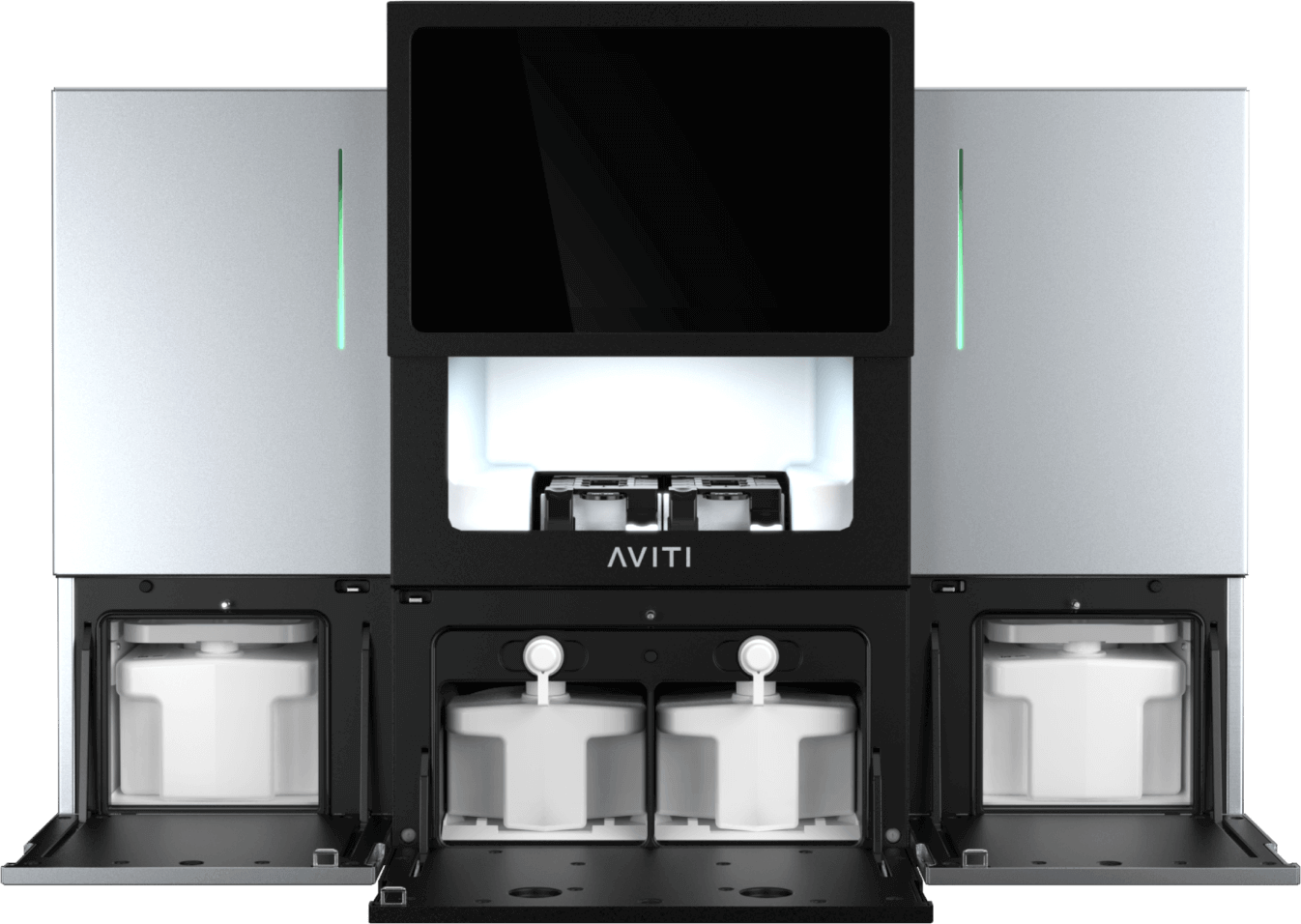
Aviti
The new AvitiTM system by Element Biosc. is a next-generation-sequencing (NGS) device, that uses two independent flow cells to generate up to 1 billion paired-end reads. Its high flexibility in throughput (high, mid and low output) and read length (2x75bp, 2x150bp and 2x300bp) makes AvitiTM the ideal NGS platform for numerous applications. High read quality (90% Q30) and low cost (~6.9€ per GB and ~2€ per Mio Reads !!!! in the high-output mode) contribute to AvitiTM being the most efficient mid-class genome sequencer available. Please find more detailed specifications here. In our sequencing facility we sequence both, DNA- and RNA-based libraries for a wide range of applications:
- DNA methylation sequencing (RRBS and Hairpin-Bisulfit)
- RNA-seq (total RNA, mRNA, depletion protocols, single-cell RNA-Seq)
- miRNA-seq
- chromatin structure (ATAC-Seq)
- ChIP-seq
In the group, the procedure comprises the follwoing steps: standard sample preparation, the library-creation, the next-generation sequencing itself as well as the bioinformatic analysis of all collected data. The analysis is done using pipelines optimized for the above-mentioned applications (see Bioinformatics).
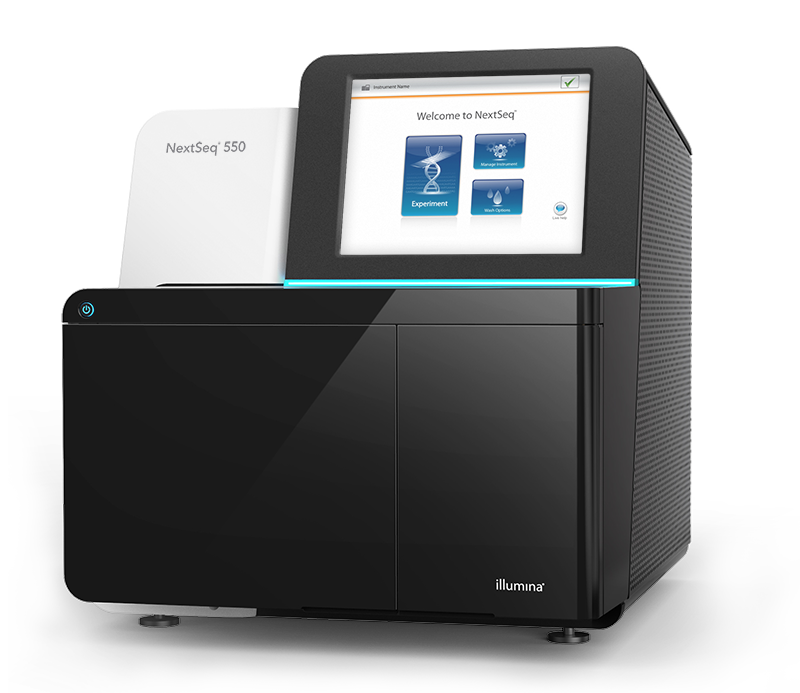
NextSeq500
The NextSeq500 is a fast and flexible high-throughput desktop sequencer with high (approx. 110 Gb) and mid (approx. 35 Gb) output options. Sequencing in 1 x 75bp (single read), 2 x 75bp and 2 x 150 bp (paired-end reads) are possible. In total, up to 800 million reads (high output) or 260 million reads (mid output) are possible. We are working on the following DNA- and RNA-based applications:
- DNA methylation (RRBS, Hairpin-Bisulfite)
- RNA-seq (total RNA, mRNA, miRNA, single-cell RNA)
- ATAC-seq
- ChIP-seq
- Bacterial genomes (esp. microbiomes)
The working group has experience in library construction, quality control, next-generation sequencing itself and bioinformatic analysis using bioinformatic pipelines developed in-house (see Bioinformatics).
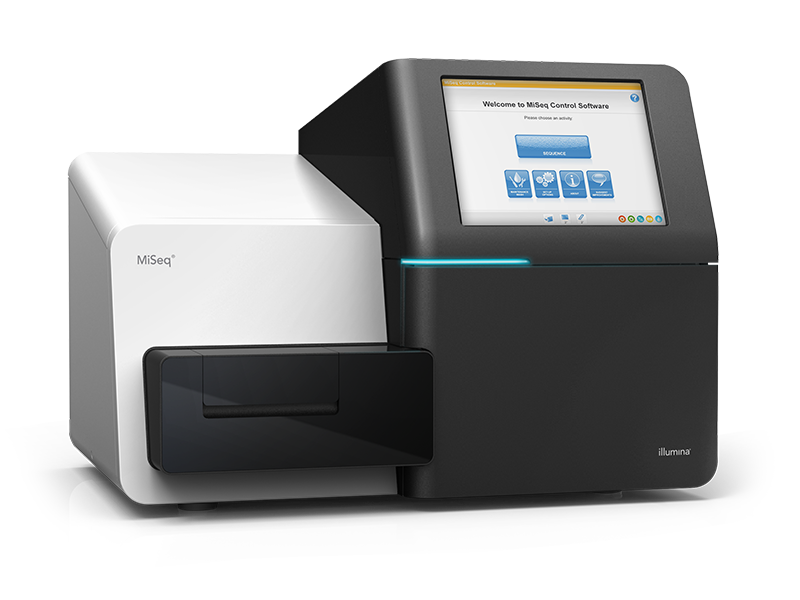
MiSeq
The Illumina MiSeq NGS device sequences up to 22 million paired-end reads with a maximum length of 2x 300 bp. Shorter reads (2 x 250 bp, 2x 150 bp) with lower throughput (micro- and nano-flow cells) can also be generated. We sequence both DNA-based libraries of various applications:
- Local deep sequencing of bisulfite amplicons
- 16s-rRNA sequencing
- Bacterial genomes
- Viral genomes (e.g. SARS-CoV2)
The group has experience in library construction, quality control, next-generation sequencing itself and bioinformatic analysis using self-developed bioinformatic pipelines (see Bioinformatics).
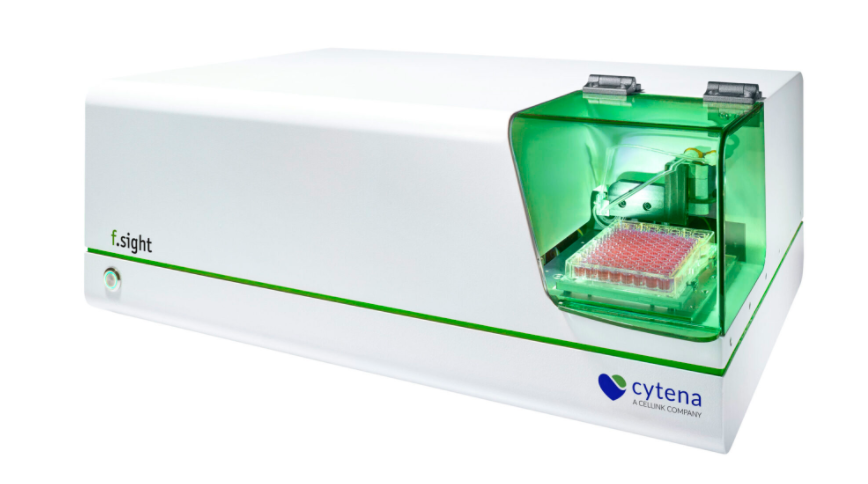
Cytena f.sight
The Cytena f.sight is a microfluidic, single cell dispenser with fluorescence sorting. The system operates under low pressure to minimize cell stress, while also minimizing cross-contamination with disposable cartridges that do not require cleaning. Precise and reproducible cell deposition in PCR plates enables downstream miniaturization with lysis buffer volumes of less than 1 μL. The specialized coating of the cartridges allows a wide range of samples as well as low variation from cartridge to cartridge.
Thus, the Cytena f.sight offers the possibility to separate single cells automatically according to size, shape and, if desired, fluorescence in a targeted and gentle manner. The f.sight thus has a wide range of applications from single cell RNA-seq and single cell ATAC-seq to the screening of Crispr-Cas9 clones.
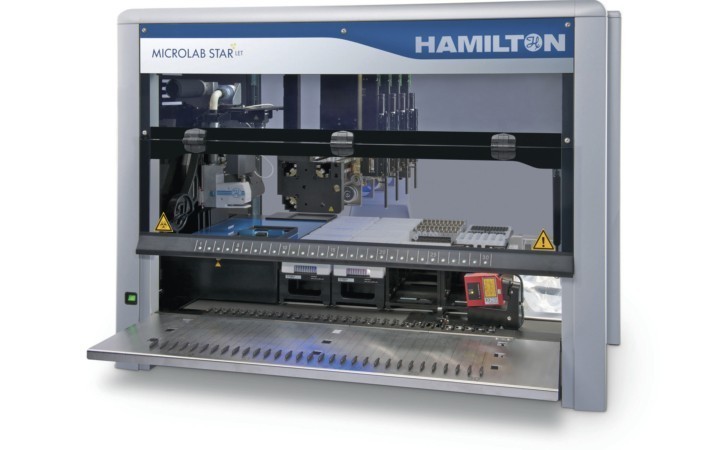
Pipetting robot STARlet
For standardized sample preparation and processing, the group owns a pipetting robot from Hamilton. It is a highly flexible pipetting system with 8 channels, which are separately controllable, and compressed O-Ring Expansion Technology. This enables highly precise pipetting down to 0.5 µl and consistent results.
The pipetting robot is used for library preparation, purification of amplicons using magnetic beads, dilution and pooling of complex sample mixtures, preparation of amplicons/libraries for fluorometric measurement.
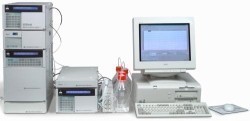
HPLC-System WAVE3500
The group has experience in HPLC-based validation of individual methylation sites using primer extension and whole-genome relative quantification of 5-methylcytosine. For this purpose, the Transgenomic WAVE3500 ion-pairing reversed-phase HPLC system is used.
Methylation at CpG positions or mutations can thus be analyzed in single or multiplex applications in many samples in a short time at very low cost. For example, the method was used by the group for the sensitive determination of SARS-CoV2 variants and the results were published in the Open Forum Infectious Diseases.

